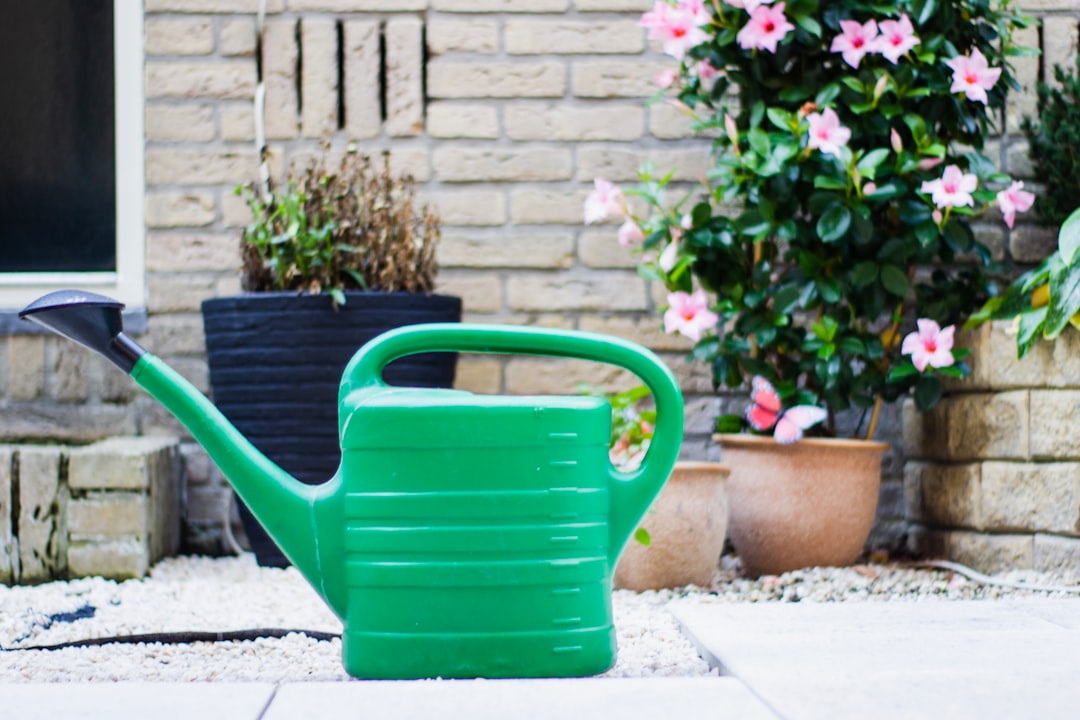
Container gardening has become a popular trend in recent years, offering a convenient and versatile way to bring the beauty of nature into small spaces. One of the most rewarding types of container gardens is the pollinator container garden. These gardens are not only visually appealing but also play a crucial role in supporting local ecosystems by attracting butterflies, hummingbirds, and other pollinators.
Creating a pollinator container garden doesn't have to be a daunting task. With a few simple tips and the right selection of plants, you can transform your balcony, patio, or even a small corner of your yard into a vibrant haven for pollinators.
The first step in creating a pollinator container garden is selecting the right containers. You have a wide range of options to choose from, including traditional flower pots, hanging baskets, and window boxes. When choosing containers, consider the size, material, and drainage. Pollinator plants generally have shallow root systems, so you don't need overly large containers. However, make sure the containers are large enough to accommodate the mature size of the plants and have adequate drainage holes to prevent waterlogging.
Terracotta and ceramic pots are popular choices as they are porous and allow for better air circulation. Plastic containers are lightweight and affordable, while wooden boxes add a natural and rustic touch. You can also get creative and repurpose items like old buckets, tin cans, or even wheelbarrows as containers.
The success of your pollinator container garden depends largely on the plants you choose. Opt for a variety of native plants that are known to attract pollinators. Native plants have evolved alongside local pollinators and are well-suited to the climate and soil conditions in your area. They also provide the necessary nectar and pollen that pollinators need to survive.
Some popular pollinator-friendly plants for container gardens include:
When selecting plants, make sure to choose a mix of early, mid, and late-season bloomers to provide a continuous source of nectar and pollen throughout the growing season. You can also include some host plants for butterflies, such as milkweed, which is the only plant that monarch butterflies lay their eggs on.
Once you have chosen your containers and plants, it's important to provide the right growing conditions. Most pollinator plants prefer full sun, so make sure to place your containers in a location that receives at least 6-8 hours of sunlight per day. If you have limited sunlight, you can choose plants that tolerate partial shade, such as impatiens and begonias.
Use a high-quality potting mix that is well-draining and rich in organic matter. Avoid using garden soil, as it can be too heavy and may contain pests and diseases. Water your plants regularly, but make sure not to overwater them. Allow the soil to dry out slightly between waterings to prevent root rot.
Fertilize your plants every few weeks with a balanced fertilizer to promote healthy growth and blooming. You can also use organic fertilizers, such as compost or worm castings, to provide a slow-release source of nutrients.
In addition to providing the right plants and growing conditions, you can also create a pollinator-friendly environment by adding some additional features to your container garden. For example, you can place a shallow dish of water in your garden to provide a source of drinking water for pollinators. Make sure to change the water regularly to prevent the growth of mosquitoes.
You can also add some rocks or logs to your garden to provide shelter and resting places for pollinators. Butterflies and other insects like to bask in the sun on rocks, and logs can provide a hiding place for beneficial insects.
Finally, avoid using pesticides and herbicides in your container garden. These chemicals can be harmful to pollinators and can also contaminate the nectar and pollen that they rely on for food. Instead, use natural pest control methods, such as handpicking pests or using insecticidal soap.
Maintaining a pollinator container garden is relatively easy, but it does require some regular care. Deadhead your plants regularly to remove spent flowers and encourage new growth. This will also help to keep your garden looking tidy and attractive.
Inspect your plants regularly for pests and diseases. If you notice any problems, take action immediately to prevent them from spreading. You can use natural pest control methods, such as neem oil or insecticidal soap, to treat pests.
As the growing season comes to an end, you can either discard your annual plants or bring them indoors to overwinter. Perennial plants can be left in their containers and protected from the cold by wrapping them in burlap or moving them to a sheltered location.
In conclusion, creating a pollinator container garden is a fun and rewarding way to support local ecosystems and bring the beauty of nature into your small space. By choosing the right containers, plants, and growing conditions, and by providing a pollinator-friendly environment, you can create a vibrant haven for butterflies, hummingbirds, and other pollinators. So, what are you waiting for? Start planning your pollinator container garden today!
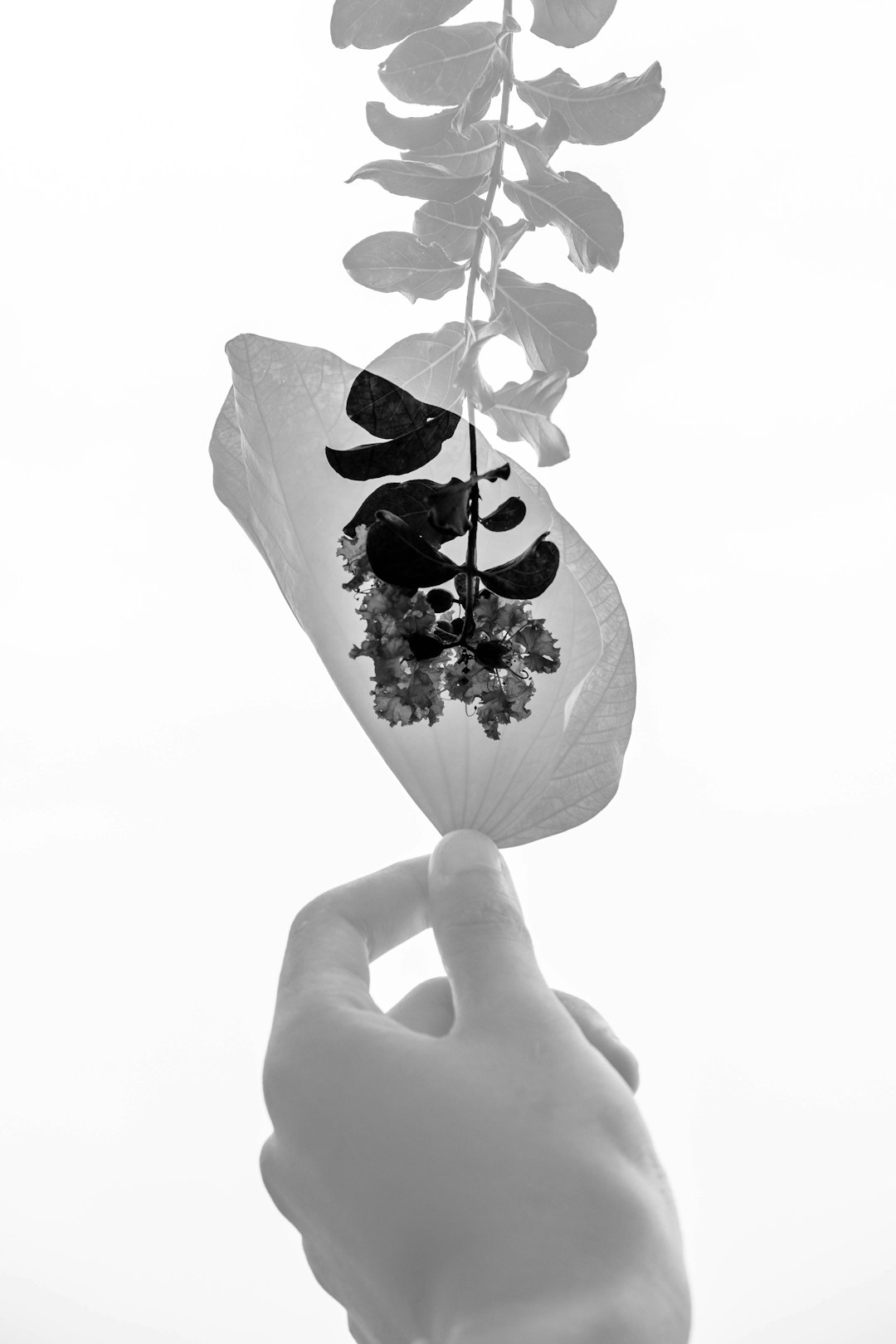
The Secret to Squirrel - Free Potted Plants
The Secret to Squirrel - Free Potted Plants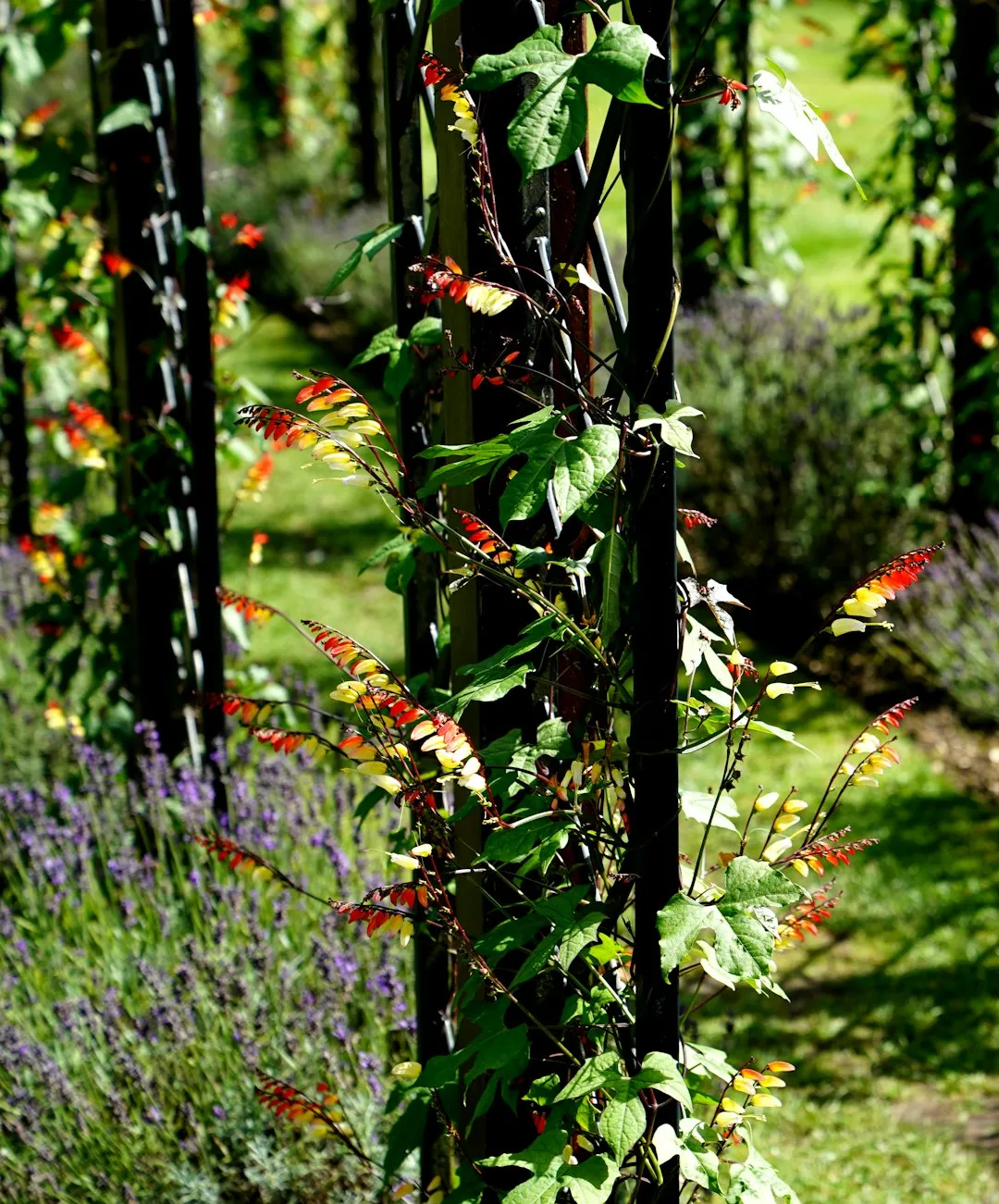
Sweet Rewards: Cultivating Berries in Containers
Sweet Rewards: Cultivating Berries in Containers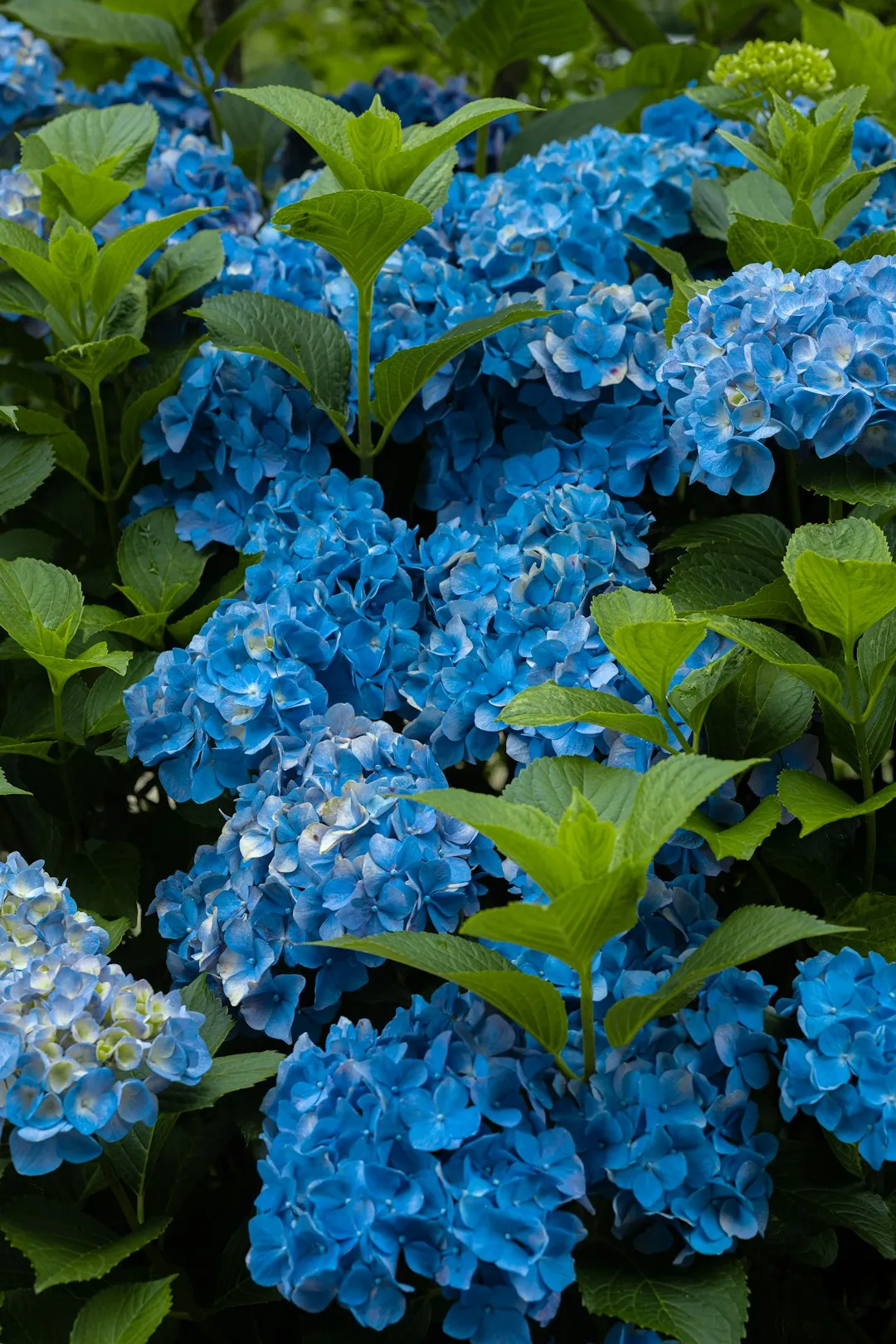
Unveiling the Secrets of a Stunning Lawn
Unveiling the Secrets of a Stunning Lawn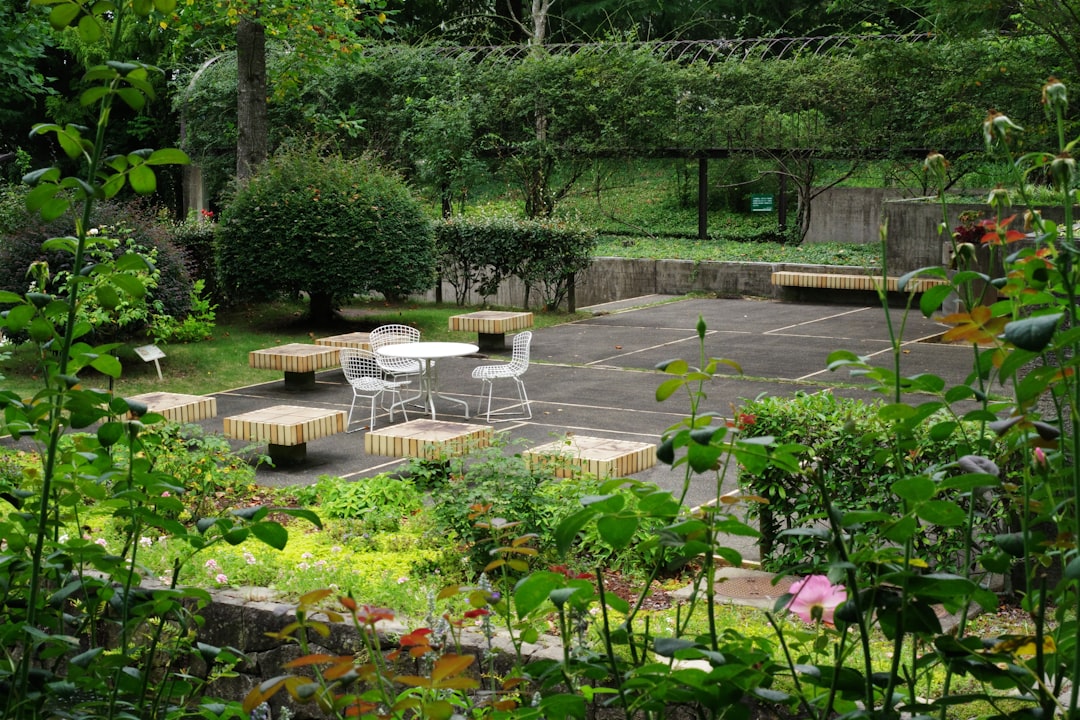
Fall Lawn Maintenance: The Key to a Healthy Yard in Winter
Fall Lawn Maintenance: The Key to a Healthy Yard in Winter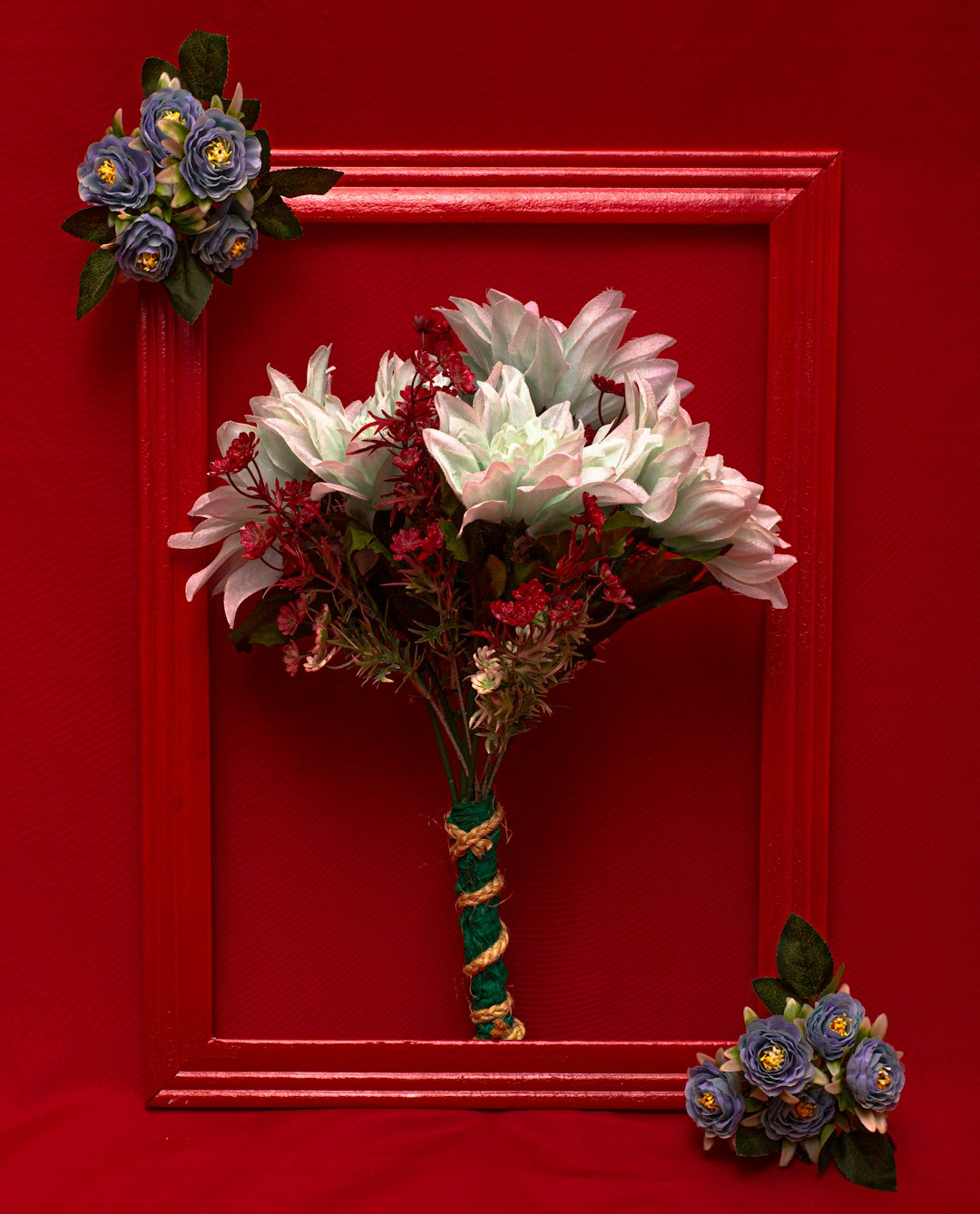
The Secret to Soil Amendment Without Uprooting Your Plants
The Secret to Soil Amendment Without Uprooting Your Plants
Unleash Your Garden's Potential: The Art of Seed Collection
Unleash Your Garden's Potential: The Art of Seed Collection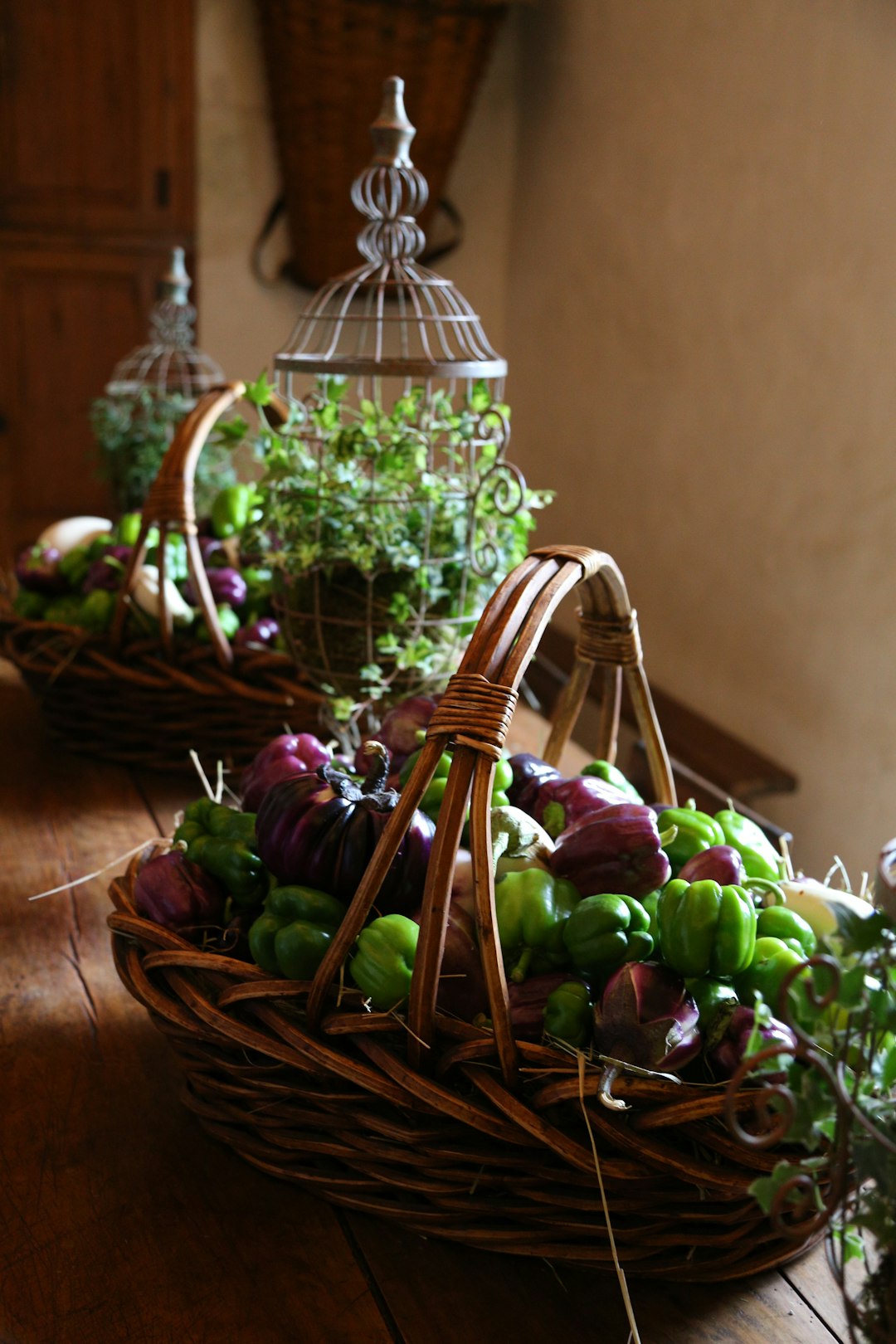
Pre - Summer Yard Care Essentials
Pre - Summer Yard Care Essentials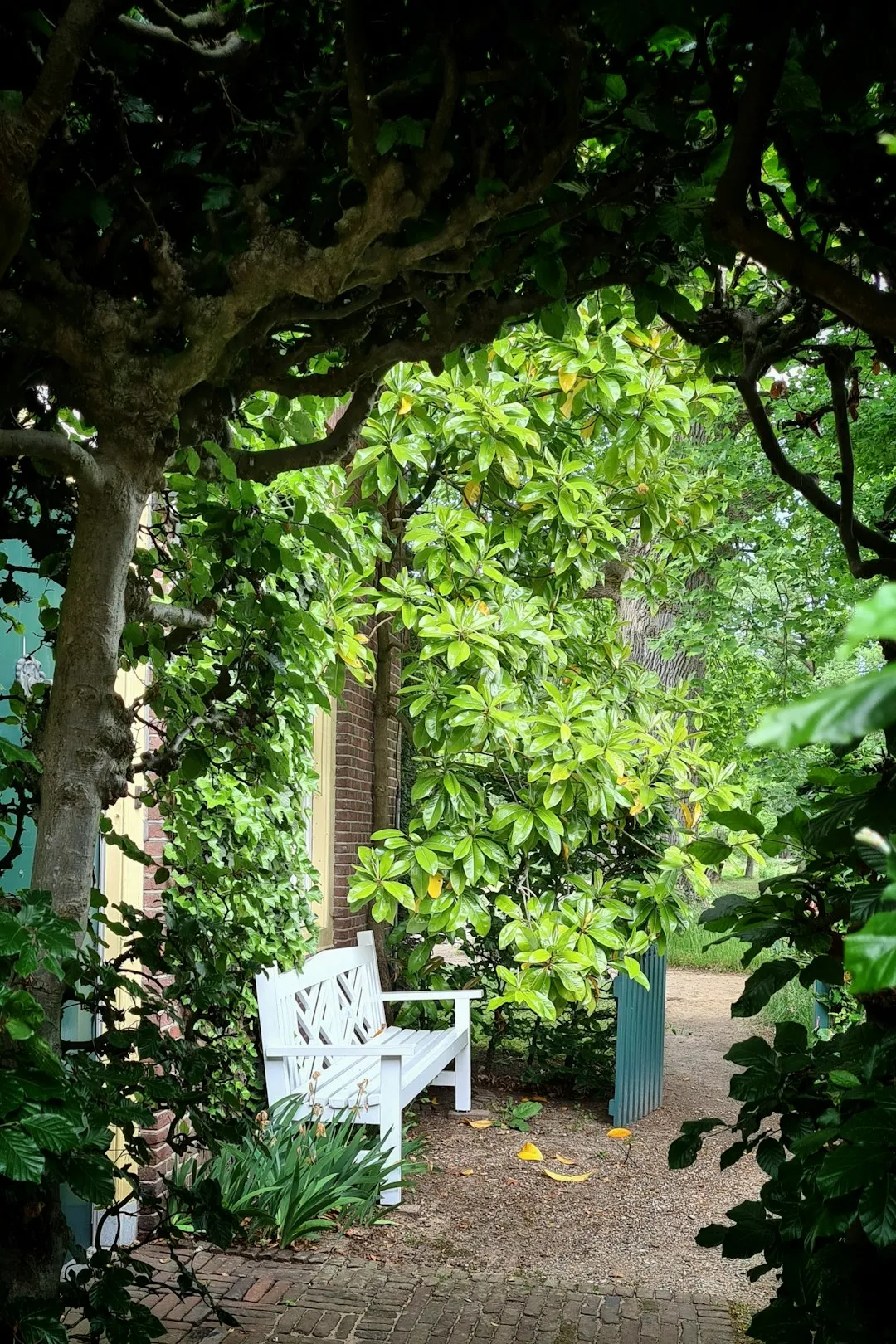
Weathering the Storm: Nurturing Your Garden in Extreme Conditions
Weathering the Storm: Nurturing Your Garden in Extreme Conditions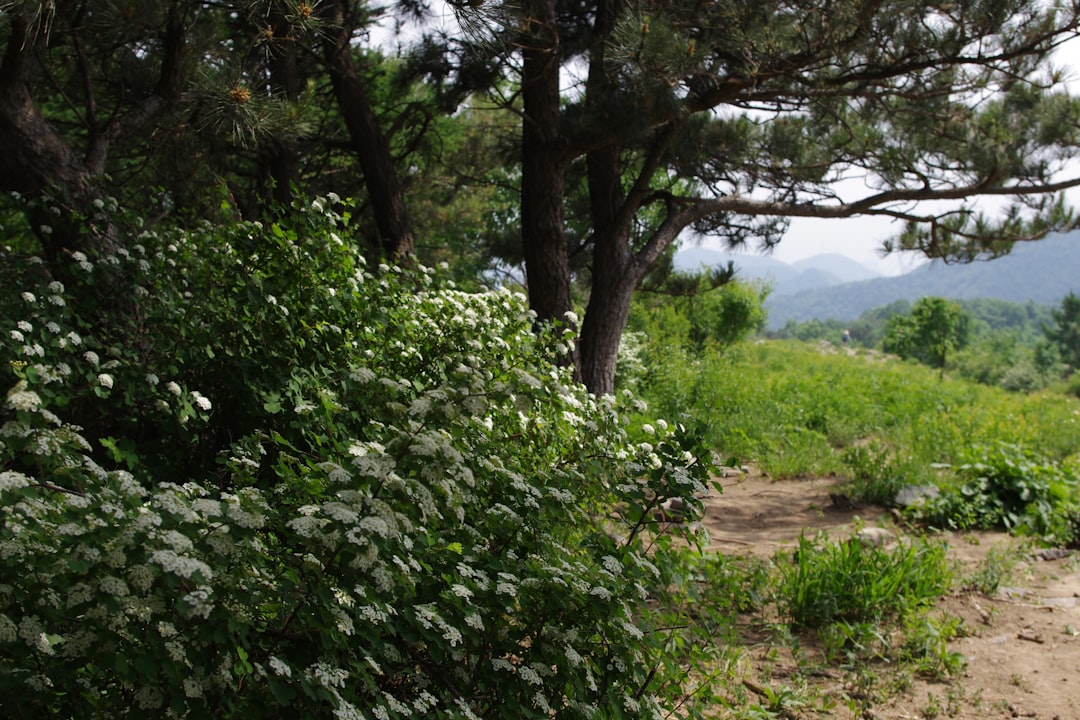
Summer Pruning: The 10 Flowering Plants to Leave Alone
Summer Pruning: The 10 Flowering Plants to Leave Alone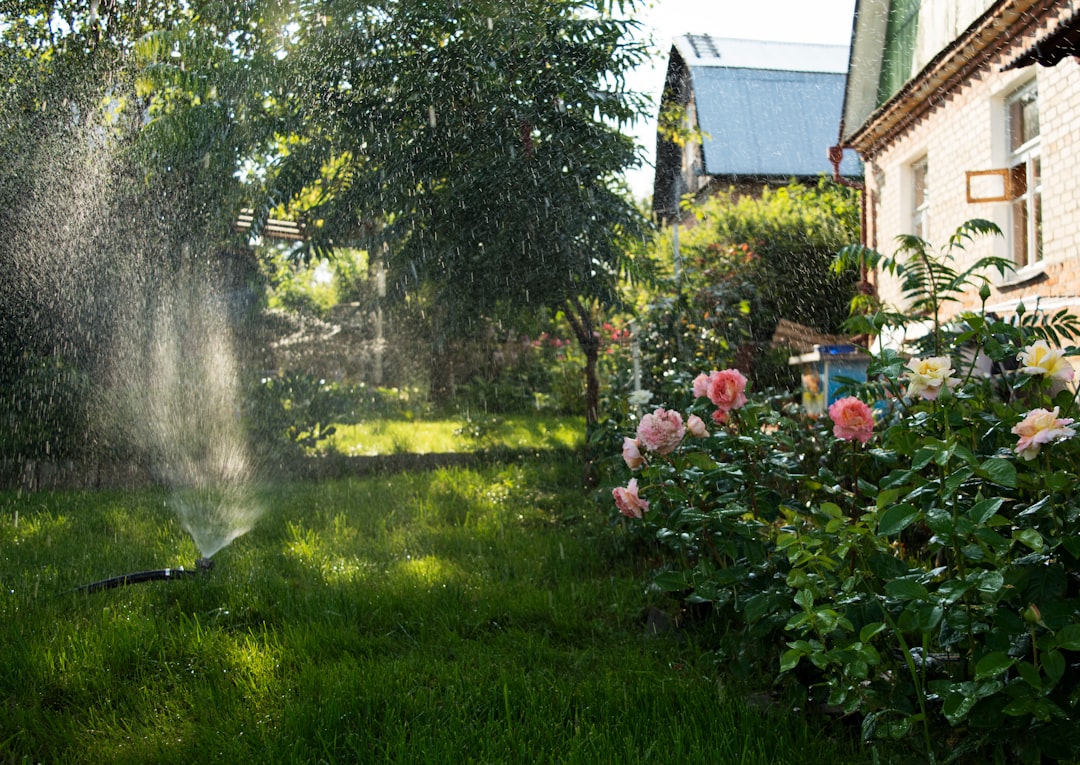
Unveiling the Hidden Gems of Perennial Gardening
Unveiling the Hidden Gems of Perennial Gardening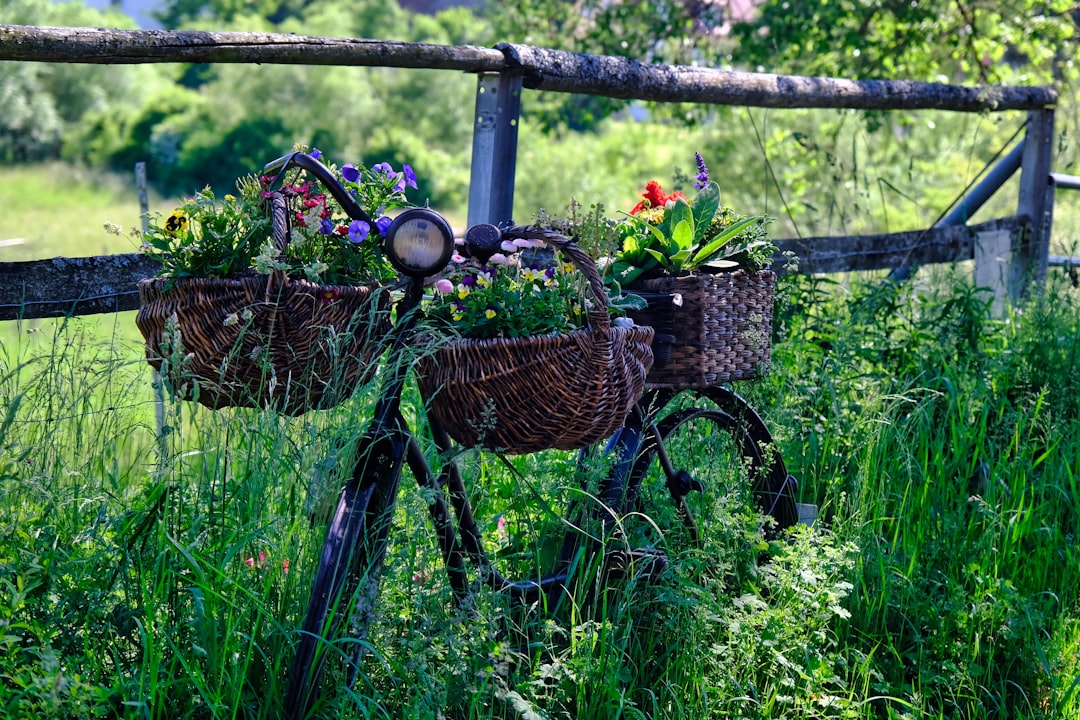
Unleashing the Beauty of Perennial Black - Eyed Susans in Your Garden
Unleashing the Beauty of Perennial Black - Eyed Susans in Your Garden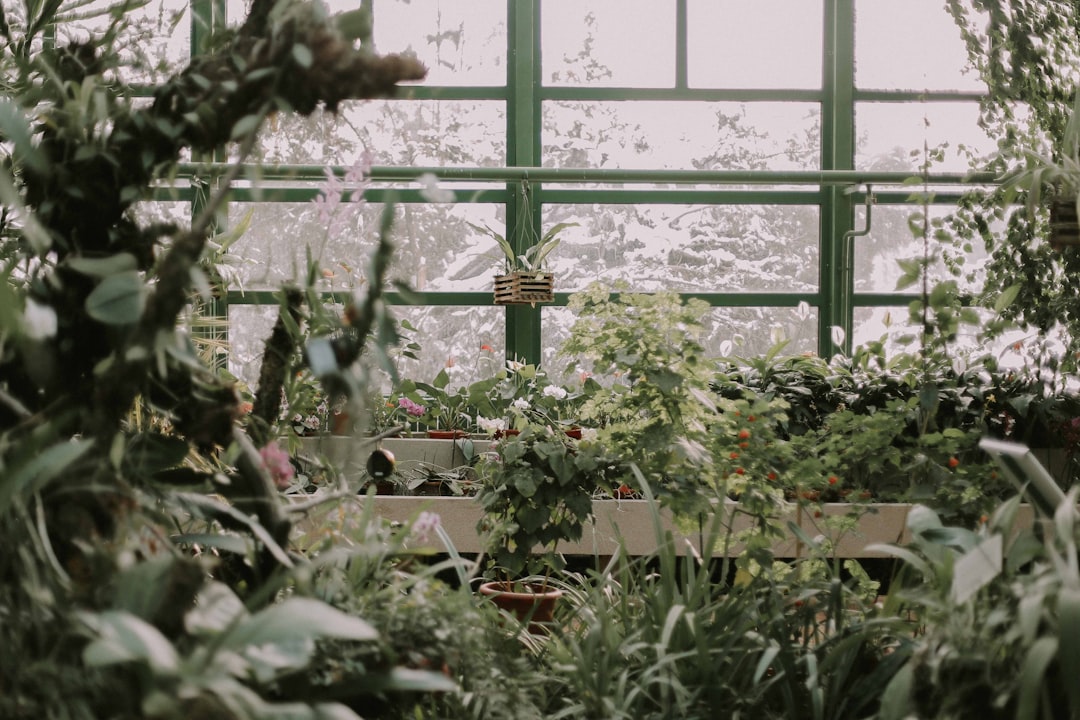
Unveiling the Secrets of Trillium Growth
Unveiling the Secrets of Trillium Growth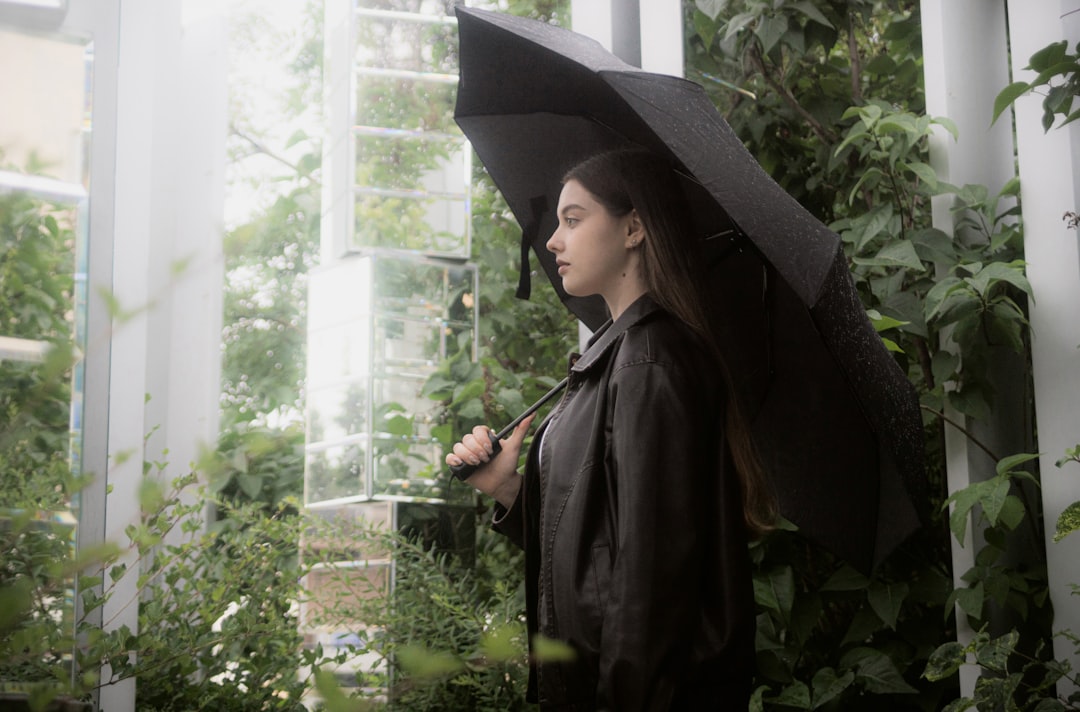
The All - Season Charm of Sedum Plants
The All - Season Charm of Sedum Plants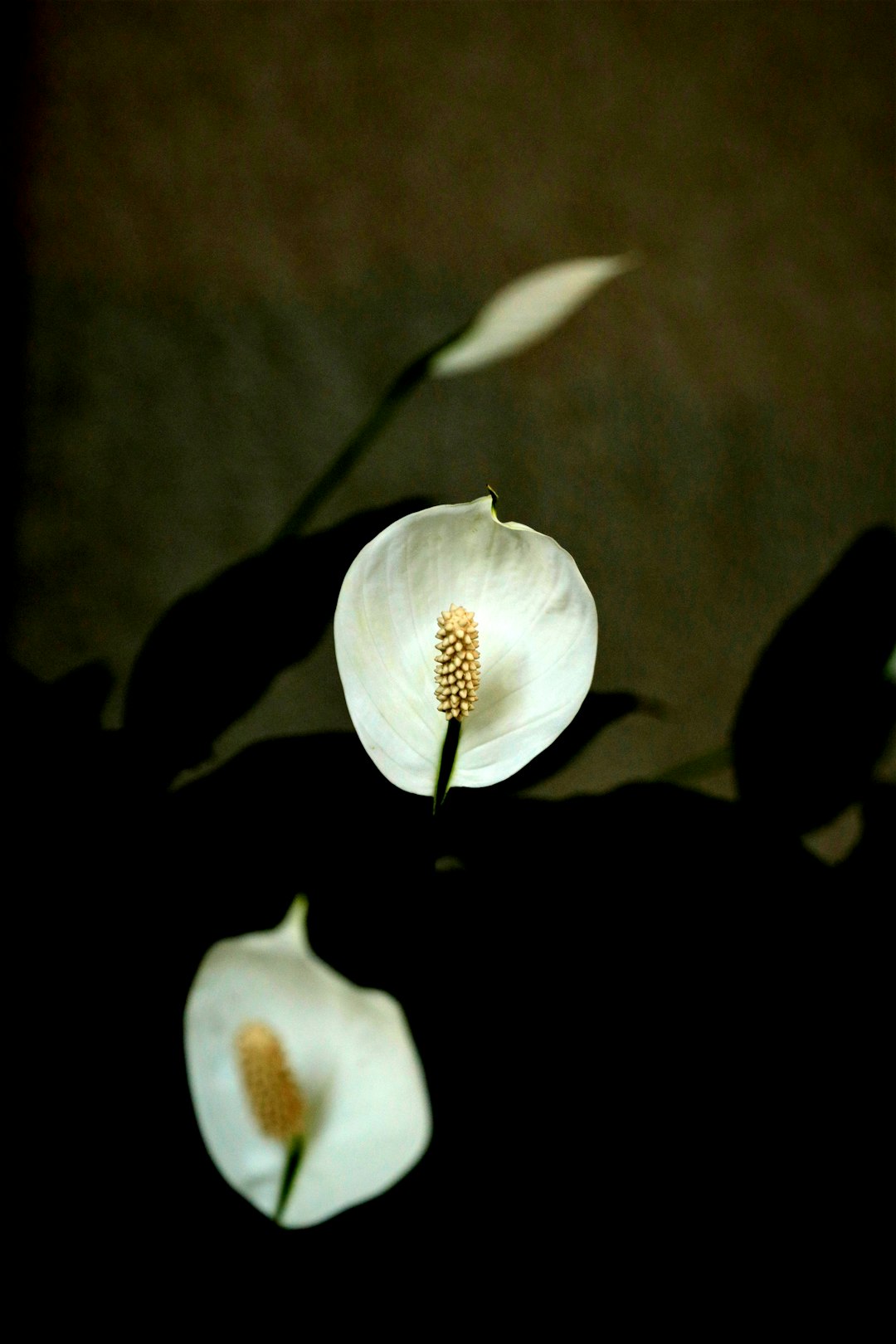
Banishing Snakes from Your Yard: Simple Solutions
Banishing Snakes from Your Yard: Simple Solutions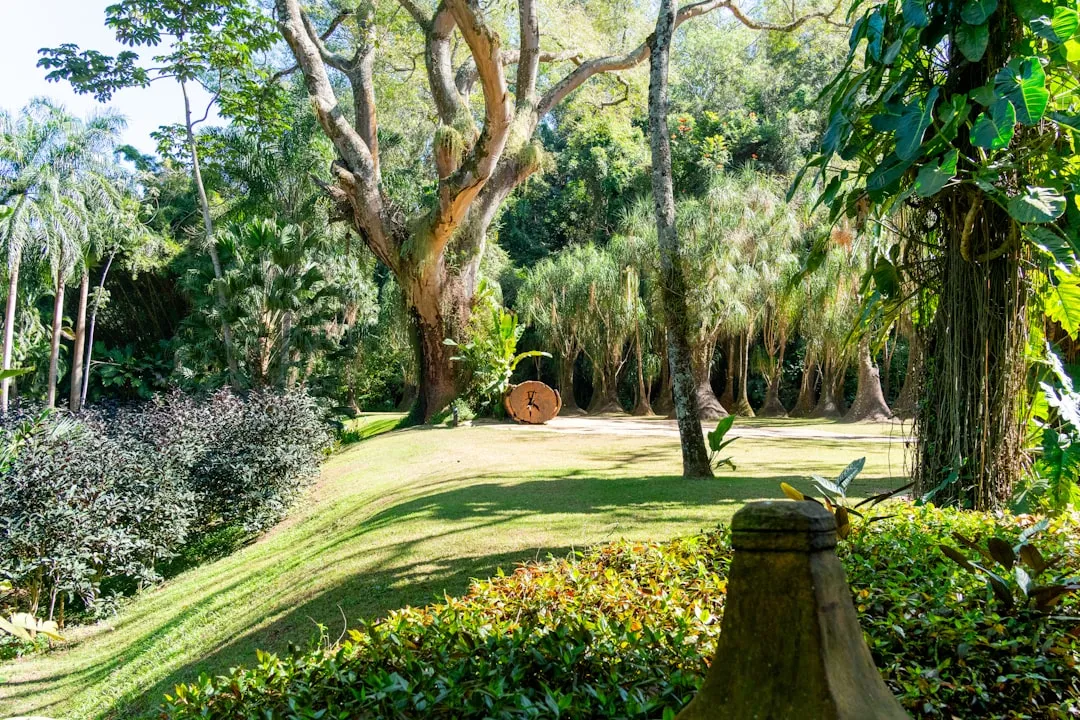
Secrets to a Bug - Free Garden: Conquering Squash Bugs Naturally
Secrets to a Bug - Free Garden: Conquering Squash Bugs Naturally
Transform Your Yard: Banish Crabgrass for Good
Transform Your Yard: Banish Crabgrass for Good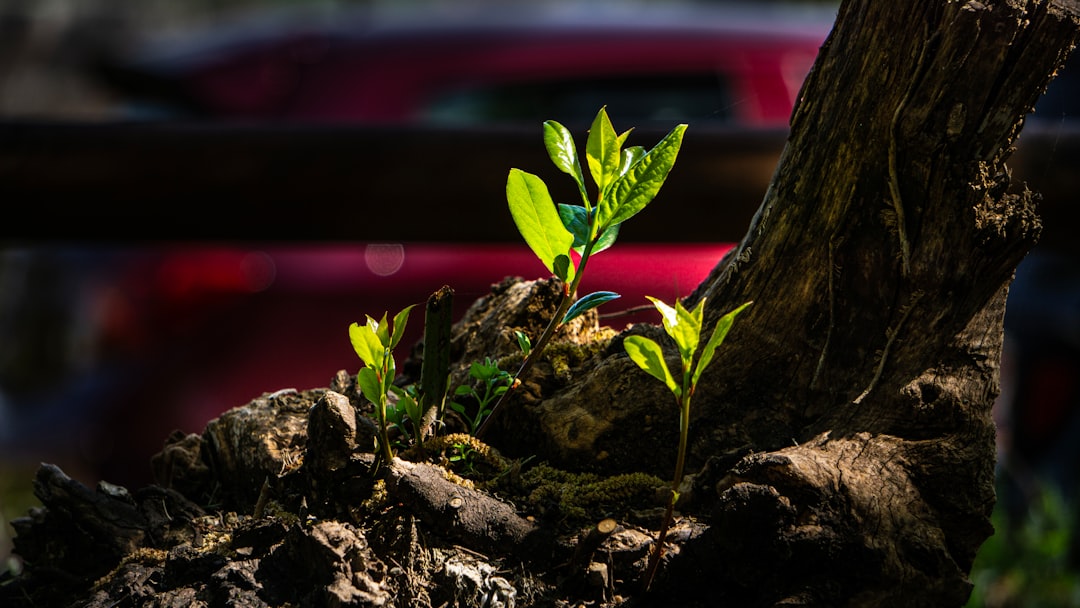
Unveiling the Wonders of a Low - Sun Garden
Unveiling the Wonders of a Low - Sun Garden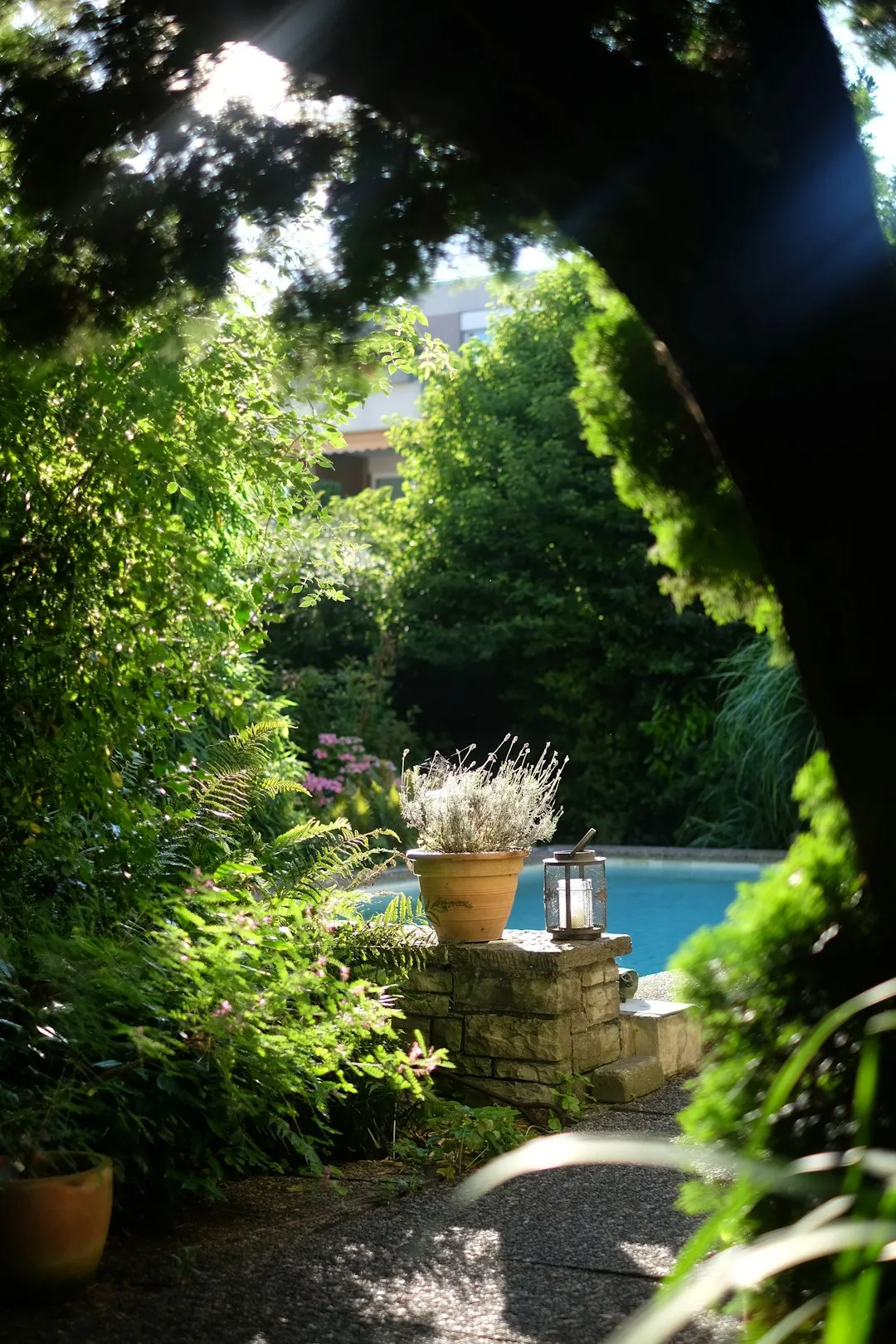
Unleash Your Garden's Potential: The Magic of Lasagna Gardening
Unleash Your Garden's Potential: The Magic of Lasagna Gardening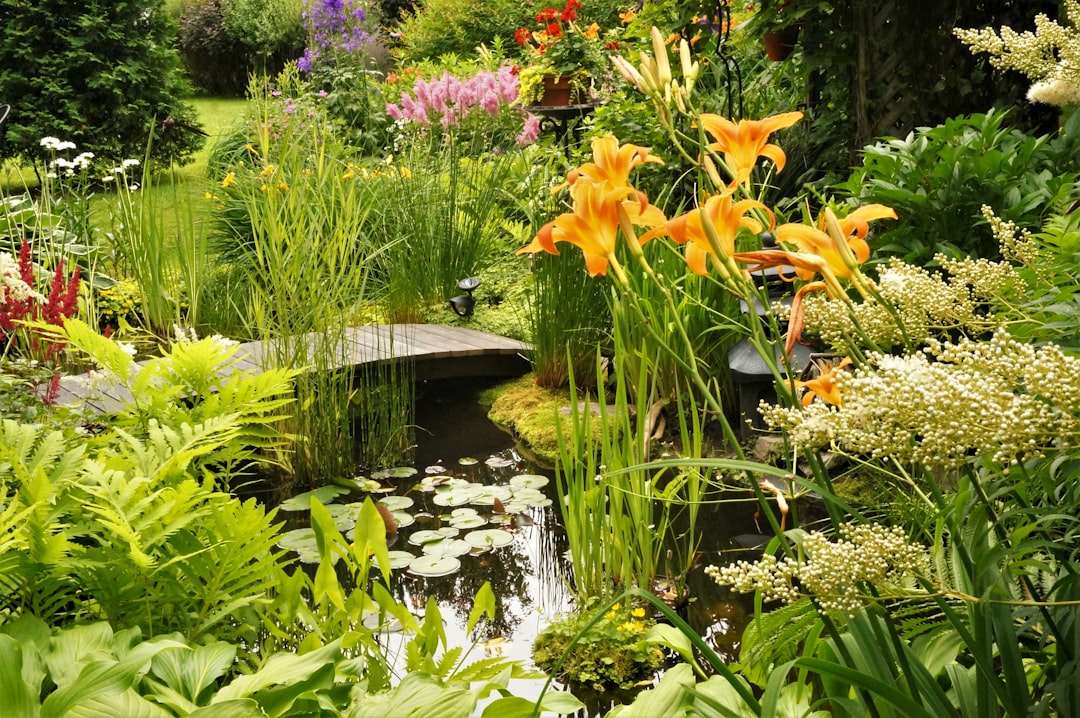
Unveiling the Mysteries of Lunar Gardening
Unveiling the Mysteries of Lunar Gardening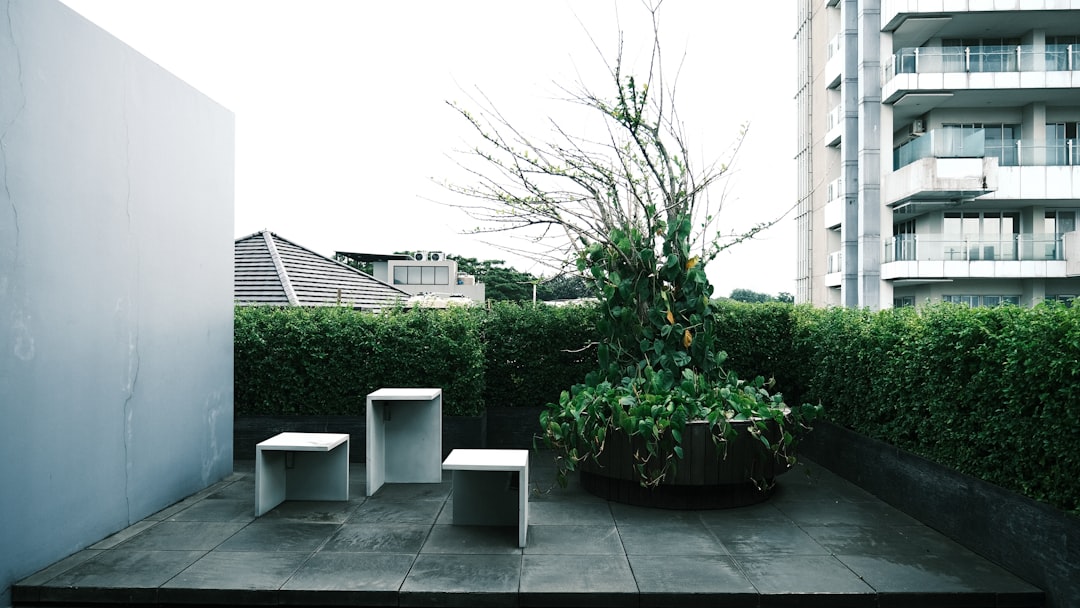
Unleash Your Inner Herbalist: A Guide to Indoor Herb Gardening
Unleash Your Inner Herbalist: A Guide to Indoor Herb Gardening